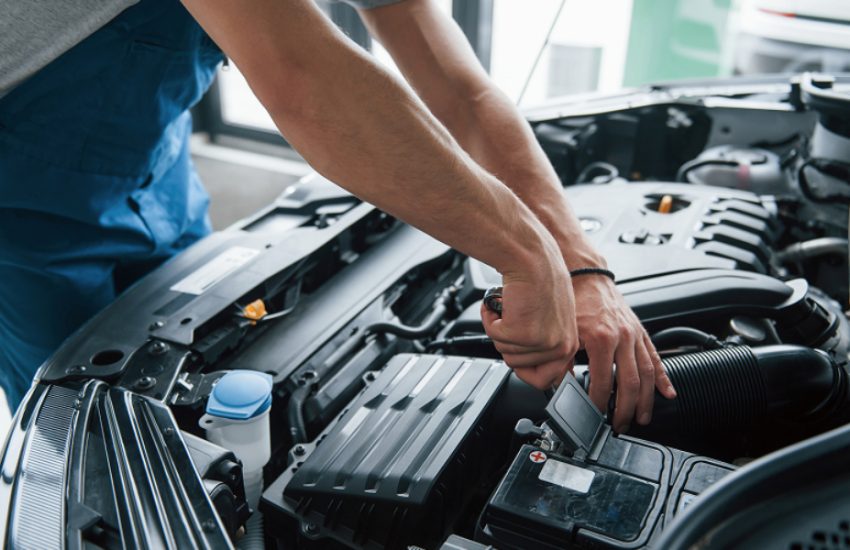Manufacturing Defects: Identifying Inherited Driveshaft Weaknesses
For power delivery and durability, driveshafts need to be exceedingly exact. Rare manufacturing flaws can damage parts before the car is even utilised. Some weaknesses could be metal that wasn’t heated properly or shafts that aren’t balanced. It’s hard to find small faults without looking closely at them early on. Even small problems speed up the failure of the driveline a lot. U-joints, CV joints, and bearings are all places where wear can happen too soon. Finding problems early keeps them from getting worse and keeps the car running well. Quality control steps make it less likely that faulty driveshafts will always be put into operation.
Common Types of Defects
Material inconsistencies cause uneven strength across the driveshaft tube or joints. Poor welding or machining creates stress concentrations that lead to cracks. Imbalanced shafts increase vibration and accelerate component wear immediately. Faulty splines or slip yokes may bind or fail during operation.
Recognizing Early Signs
Unusual vibration at moderate speeds often indicates a hidden defect internally. Noise such as clunking or grinding may appear prematurely from joints. Center bearings may fail faster than expected due to abnormal stress. Tracking service history aids in identifying patterns of unusual wear consistently.
Diagnostic Approaches
Technicians use alignment checks to identify bent or misformed shafts accurately. Vibration analysis highlights imbalance caused by manufacturing flaws clearly. Magnetic particle or dye penetration testing can reveal internal cracks effectively. Measuring straightness with precision tools confirms whether a shaft meets specifications. Functional testing under load simulates real-world conditions for defect identification reliably. Professional evaluation prevents unexpected failures and maintains driveline reliability continuously.
Repair and Replacement Considerations
Minor flaws may allow limited use with careful monitoring and balancing. Severely defective shafts require full replacement to restore safety immediately. Replacing worn or damaged joints ensures proper driveline operation reliably. Balancing and alignment after repair eliminates vibration and additional stress effectively. Manufacturer recalls address rare defects with replacement driveshafts or components promptly. Skilled technicians ensure shafts meet all functional specifications consistently.
Preventive Measures
Stringent quality control at manufacturing facilities reduces defect occurrence dramatically. Inspecting new vehicles before service identifies issues before installation efficiently. Regular maintenance and monitoring detect early signs of component weakness continuously. Avoiding extreme driving conditions reduces stress on marginally weak shafts safely. Keeping records of service and observations helps identify unusual patterns quickly. Proper care ensures safe and reliable driveline operation consistently. Drivers can rely on Auto Repair in Lowell, AR for expert inspection and timely maintenance to prevent damage.
Conclusion
Manufacturing defects are rare but can cause premature driveshaft failure. Early signs include vibration, noise, and rapid joint or bearing wear. Accurate inspection and diagnostic techniques detect hidden weaknesses before disaster occurs. Replacement or repair restores proper function and prevents secondary damage reliably. Preventive measures and awareness reduce risks and extend driveline service life. Timely maintenance ensures long-term reliability and smooth power delivery consistently.


